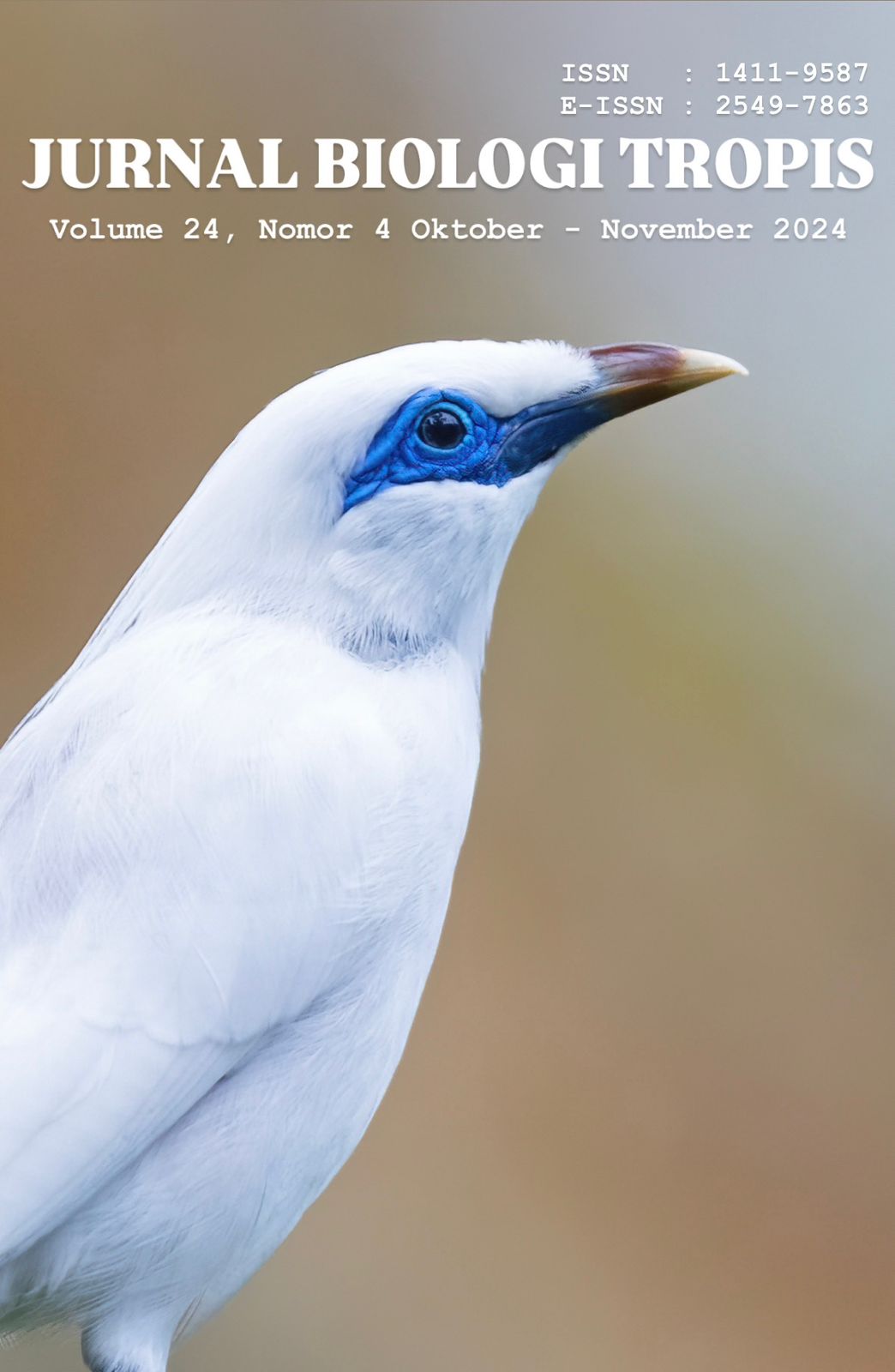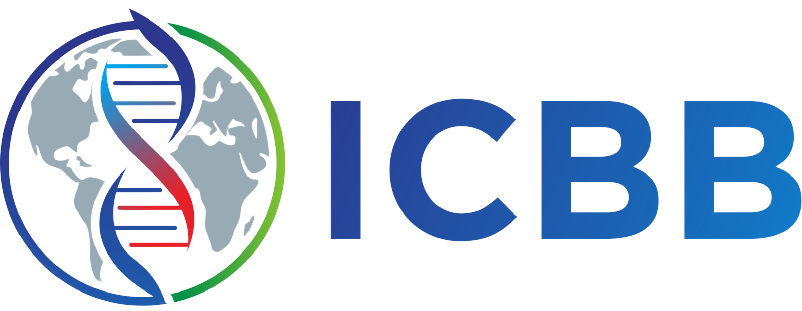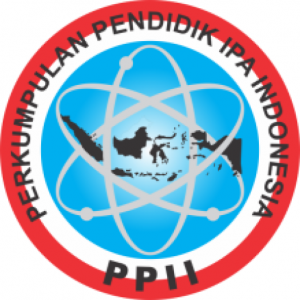The Relationship Between Stunting and Anemia in Toddlers in Malaka Coastal Area, North Lombok
Authors
Ario Danianto , Rifana Cholidah , Emmy Amalia , Dyah PurnaningDOI:
10.29303/jbt.v24i4.7990Published:
2024-12-02Issue:
Vol. 24 No. 4 (2024): Oktober - DesemberKeywords:
Anemia; Short stature; Stunting; ToddlersArticles
Downloads
How to Cite
Downloads
Metrics
Abstract
Stunting is a major chronic nutritional problem with a high prevalence in Indonesia. This issue is crucial as it affects the quality of Indonesia's human resources in the future. One of the consequences of stunting is the increased incidence of anemia in toddlers. Anemia occurring early in life disrupts physical growth and leads to growth retardation. The relationship between anemia and stunting is an overlapping influence stemming from various levels. Efforts to prevent and reduce the rates of stunting and anemia must involve all parties comprehensively. Anemia in toddlers is a global health problem, both in terms of severity and prevalence. Globally, 1.6 million people are affected by anemia, and 47.4% of them are preschool-aged children. This study aims to determine the relationship between the occurrence of stunting and anemia in toddlers. The research was conducted through an analytical observational survey with a cross-sectional design. In this study, in the normal toddler group, of 26 samples, 25 children (96.15%) had normal Hb levels, and 1 child had mild anemia (3.85%). Meanwhile, in the 30 stunted toddlers, all samples had normal Hb levels (100%). The average Hb level in normal toddlers was 12.82 mg/dl, and in stunted toddlers, it was 12.81 mg/dl. No significant difference was found between the Hb levels of normal and stunted toddlers, with a p-value of 0.977 (p > 0.05).
References
Adhikari, R. P., Shrestha, M. L., Acharya, A., & Upadhaya, N. (2019). Determinants of stunting among children aged 0–59 months in Nepal: findings from Nepal Demographic and health Survey, 2006, 2011, and 2016. BMC Nutrition, 5(1). https://doi.org/10.1186/s40795-019-0300-0
Adriyani, F. H. N., & Hikmanti, A. (2020). Correlations of Anemia, Stunting, and Sociodemographic Characteristics and Energy Among Children Aged 6–23 Months at Karangklesem Village, South Purwokerto. Advances in Health Sciences Research. https://doi.org/10.2991/ahsr.k.200204.044
Anggraini, Novia Dewi (2019). “Analisis Faktor Resiko Kejadian Stunting Pada Anak Usia 12 – 59 Bulan Di Provinsi Nusa Tenggara Barat.” Medical Technology and Public Health Journal (MTPH Journal) 3(1): 86–93. Anggraini, N. D. (2019). ANALISIS FAKTOR RESIKO KEJADIAN STUNTING PADA ANAK USIA 12–59 BULAN DI PROVINSI NUSA TENGGARA BARAT. Medical Technology and Public Health Journal, 3(1), 86–93. https://doi.org/10.33086/mtphj.v3i1.649
Assaf, S., & Juan, C. (2020). Stunting and Anemia in Children from Urban Poor Environments in 28 Low and Middle-income Countries: A Meta-analysis of Demographic and Health Survey Data. Nutrients, 12(11), 3539. https://doi.org/10.3390/nu12113539
Ayoya, M. A., Ngnie-Teta, I., Séraphin, M. N., Mamadoultaibou, A., Boldon, E., Saint-Fleur, J. E., Koo, L., & Bernard, S. (2013). Prevalence and Risk Factors of Anemia among Children 6–59 Months Old in Haiti. Anemia, 2013, 1–3. https://doi.org/10.1155/2013/502968
Dessie, G., Li, J., Nghiem, S., & Doan, T. (2024). Prevalence and Determinants of Stunting-Anemia and Wasting-Anemia Comorbidities and Micronutrient Deficiencies in Children Under 5 in the Least-Developed Countries: A Systematic Review and Meta-analysis. Nutrition Reviews. https://doi.org/10.1093/nutrit/nuae063
Dewi, E. K., & Nindya, T. S. (2017). Hubungan Tingkat Kecukupan Zat Besi Dan Seng Dengan Kejadian Stunting Pada Balita 6-23 Bulan. Amerta Nutrition, 1(4), 361. https://doi.org/10.20473/amnt.v1i4.2017.361-368
Flora, R., Zulkarnain, M., Fajar, N. A., Faisa, A. F., Nurlaily, Ikhsan, Slamet, S., & Tanjung, R. (2019). KADAR ZAT BESI SERUM DAN HEMOGLOBIN PADA ANAK STUNTING DAN TIDAK STUNTING DI KABUPATEN SELUMA. https://repository.unsri.ac.id/91409/1/Artikel%20Seminar%20Nasional%20MIPA%20Kes.pdf
Gaston, R. T., Habyarimana, F., & Ramroop, S. (2022). Joint modelling of anaemia and stunting in children less than five years of age in Lesotho: a cross-sectional case study. BMC Public Health, 22(1). https://doi.org/10.1186/s12889-022-12690-3
Gosdin, L., Martorell, R., Bartolini, R. M., Mehta, R., Srikantiah, S., & Young, M. F. (2018). The co‐occurrence of anaemia and stunting in young children. Maternal & Child Nutrition, 14(3). https://doi.org/10.1111/mcn.12597
Hamed, A., Hegab, A., & Roshdy, E. (2020). Prevalence and factors associated with stunting among school children in Egypt. Eastern Mediterranean Health Journal, 26(7), 787–793. https://doi.org/10.26719/emhj.20.047
Htay, Z. W., Swe, T., Hninn, T. S. S., Myar, M. T., & Wai, K. M. (2023). Factors associated with syndemic anemia and stunting among children in Myanmar: A cross-sectional study from a positive deviance approach. Archives de Pédiatrie, 30(6), 372–377. https://doi.org/10.1016/j.arcped.2023.03.010
Juffrie, M., Helmyati, S., & Hakimi, M. (2020). Nutritional anemia in Indonesia children and adolescents: Diagnostic reliability for appropriate management. S18 Asia Pac J Clin Nutr, 29(1), 18–31. https://doi.org/10.6133/apjcn.202012_29(S1).03
Kementerian Kesehatan Republik Indonesia. (2013). Riset Kesehatan Dasar Tahun 2013. Jakarta: Kementerian Kesehatan
Kementerian Kesehatan Republik Indonesia. (2018). Riset Kesehatan Dasar Tahun 2018. Jakarta: Kementerian Kesehatan
Malako, B. G., Asamoah, B. O., Tadesse, M., Hussen, R., & Gebre, M. T. (2019). Stunting and anemia among children 6–23 months old in Damot Sore district, Southern Ethiopia. BMC Nutrition, 5(1). https://doi.org/10.1186/s40795-018-0268-1
Mohammed, S. H., Larijani, B., & Esmaillzadeh, A. (2019). Concurrent anemia and stunting in young children: prevalence, dietary and non-dietary associated factors. Nutrition Journal, 18(1). https://doi.org/10.1186/s12937-019-0436-4
Nirmalasari, N. O. (2020). Stunting Pada Anak : Penyebab dan Faktor Risiko Stunting di Indonesia. Qawwam: Journal For Gender Mainstreming, 14(1), 19–28. https://doi.org/10.20414/Qawwam.v14i1.2372
Nugraheni, A., Margawati, A., Utami, A., & Wahyudi, F. (2023). Hubungan Stunting dengan Anemia, Morbiditas dan Perkembangan Anak Usia Batita di Puskesmas Kebondalem Pemalang. Jurnal Epidemiologi Kesehatan Indonesia, 7(1), 15–15. https://doi.org/10.7454/epidkes.v7i1.6667
Oktarina, C., Dilantika, C., Sitorus, N. L., & Basrowi, R. W. (2024). Relationship Between Iron Deficiency Anemia and Stunting in Pediatric Populations in Developing Countries: A Systematic Review and Meta-Analysis. Children, 11(10), 1268–1268. https://doi.org/10.3390/children11101268
Purnami, G. M., Praba, K. D., Fauziah, I. L., Dewi, M. M., Judistiani, R. T. D., & Setiabudiawan, B. (2023). Anemia Prevalence, Characteristics, and Hematological Profile among Stunted Children Under 2 Years Old in Bandung Regency, Indonesia. Journal of Child Science, 13(01), e75–e84. https://doi.org/10.1055/s-0043-1769483
Roba, K. T., O’Connor, T. P., Belachew, T., & O’Brien, N. M. (2016). Anemia and undernutrition among children aged 6–23 months in two agroecological zones of rural Ethiopia. Pediatric Health, Medicine and Therapeutics, Volume 7, 131–140. https://doi.org/10.2147/phmt.s109574
Sakwe, N., Bigoga, J., Ngondi, J., Njeambosay, B., Esemu, L., Kouambeng, C., Nyonglema, P., Seumen, C., Gouado, I., & Oben, J. (2019). Relationship between malaria, anaemia, nutritional and socio-economic status amongst under-ten children, in the North Region of Cameroon: A cross-sectional assessment. PLoS ONE, 14(6), 1–17. https://doi.org/10.1371/journal.pone.0218442
Utami, M. M. H., Kustiyah, L., & Dwiriani, C. M. (2023). Risk Factors of Stunting, Iron Deficiency Anemia, and Their Coexistence among Children Aged 6-9 Years in Indonesia: Results from the Indonesian Family Life Survey-5 (IFLS-5) in 2014-2015. Amerta Nutrition, 7(1), 120–130. https://doi.org/10.20473/amnt.v7i1.2023.120-130
WHO (2015). The Global Prevalence of Anaemia in 2011. https://iris.who.int/bitstream/handle/10665/177094/9789241564960_eng.pdf
License
Copyright (c) 2024 Ario Danianto, Rifana Cholidah, Emmy Amalia, Dyah Purnaning

This work is licensed under a Creative Commons Attribution 4.0 International License.

Jurnal Biologi Tropis is licensed under a Creative Commons Attribution 4.0 International License.
The copyright of the received article shall be assigned to the author as the owner of the paper. The intended copyright includes the right to publish the article in various forms (including reprints). The journal maintains the publishing rights to the published articles.
Authors are permitted to disseminate published articles by sharing the link/DOI of the article at the journal. Authors are allowed to use their articles for any legal purposes deemed necessary without written permission from the journal with an acknowledgment of initial publication to this journal.


























